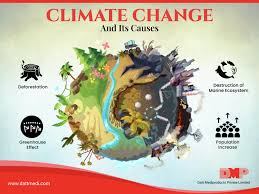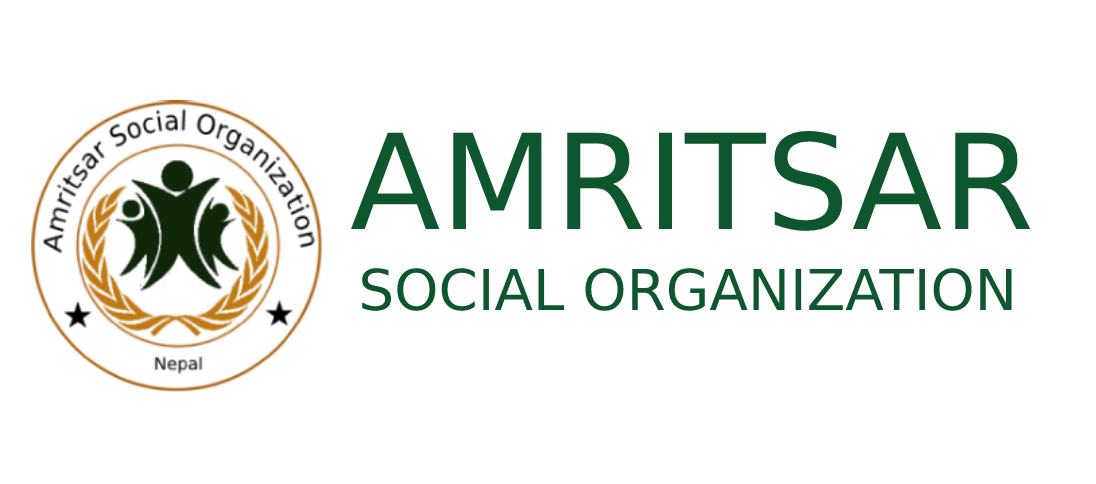Education is rapidly becoming essential to attaining social mobility and economic stability, especially in an increasingly globalized world where technical skills and knowledge are necessary to participate in the economy.[4] Considering this reality, more educational institutions are seeking to incorporate more STEM courses and career training into their curriculums.[4] However, these educational opportunities are not widely offered, which many scholars have argued has led to greater global inequality.[4]
Globalization has also generated a greater push for common, global educational standards such as the United Nations’ Millennium Development Goals and Sustainable Development Goals. Yet, some critics argue that these standards pushes a Westernized concept of quality education and focuses on economic benefits rather than the goals of sustainable development and global equality.[4]

Where education has been the role of the nation-state,[5] globalization has created new institutions including global regulatory organizations, global mass media and the aforementioned global flow of populations,[6] which have contributed to the weakening of the nation-state in education. Global regulatory organizations include the intergovernmental organizations, such as membership organizations like the World Bank and World Trade Organization that regulate the world economy, as well as other international organizations such as the United Nations. These organizations operate within a context of global norms that are established, and laws that are passed, with the influence of non-state actors, or non-governmental organizations. [citation needed] While global regulatory organizations focus on the establishment and enforcement of policies by exerting influence over the conditions of monetary loans, NGOs attempt to establish and enforce norms through exerting a certain sense of moral authority.[7]
The governments of some African countries do not fully welcome the idea of NGO contributions towards education; thus such governments tend to be constantly involved with activities of NGOs in the education sector.[8] However, governments regulate the activities of NGO’s based on their economic standing, “administrative standing”[9] and “historical relationship” with NGO’s.[8] Instead of direct funding, government relationship between with NGOs and non state actors in education is focused on promotion of non state actors.[10]
Millennium Development Goals
In 2000, the United Nations formed the Millennium Development Goals (MDGs) – eight goals that sought to address global poverty, educational disparities, gender inequality, and health crises. The 191 member states of the UN committed to achieving the Millennium Development Goals (MDGs) by 2015.[11]
Goal 2 specifically focused on providing “universal primary education,” for children in every nation. The UN Education and Scientific Council (UNESCO) determined primary education to be “the beginning of systematic apprenticeship of reading, writing, and mathematics.”[11] In order to measure the progress towards achieving Goal 2, UNESCO utilized three gauges; the literacy rate of the 15 – 24 year old demographic, the net total enrollment in the primary education system and the number of students who start first grade and reach the fifth grade.[11]

In a 2003 Education for All report, data revealed that the progress towards Goal 2 in Sub-Saharan Africa had been unsuccessful. The report disclosed that 58% of students in the area were enrolled in a primary school and that there was a 15% rate of repeating school grades in half of the countries within the region.[11] However, research also indicates that the MDGs were in fact attained if measured on the overall, global scale. The rate of children of primary school age not receiving an education was reduced from 100 million to 57 million between the years 2000 to 2015 During this same period of time, the global literacy rate of people between 15–24 years old increased from 83% to 91%.[12]
As temperatures rise across South Asia, climate and disaster risks in Nepal are expected to increase further, affecting people, the economy, the environment, and development gains. Nepal’s temperature is projected to increase by about 0.9 C between 2016 and 2045 under a medium-range emissions pathway. Winters are projected to be drier and monsoon summers wetter, with up to a threefold increase in rainfall. The number of people in Nepal annually affected by river flooding caused by climate change could double to around 350,000 in 2030 (from 157,000 in 2010).
